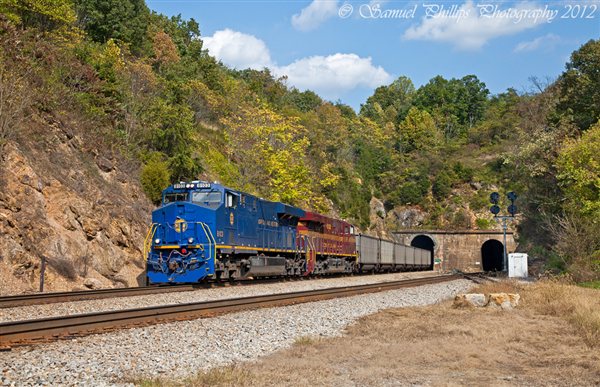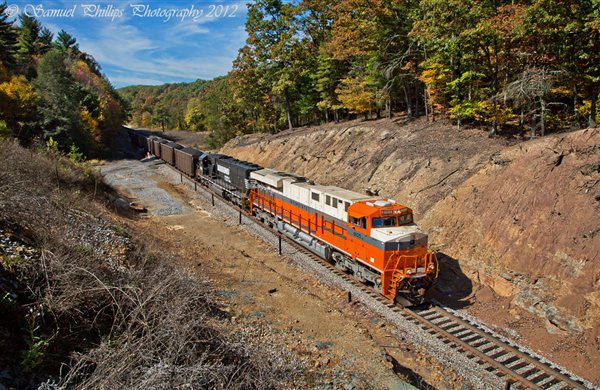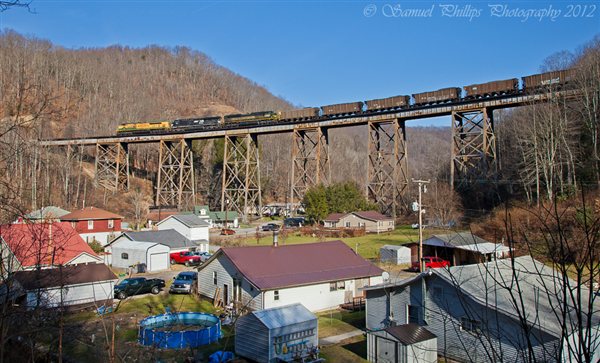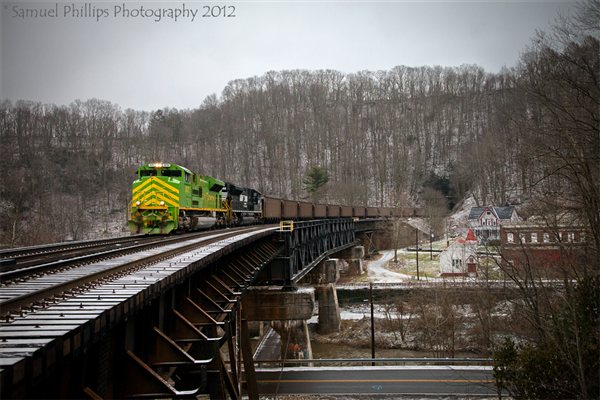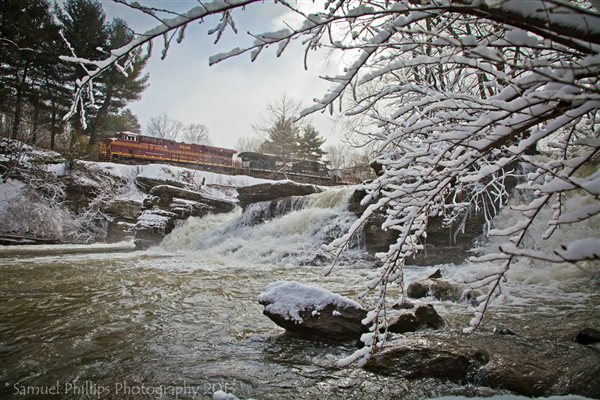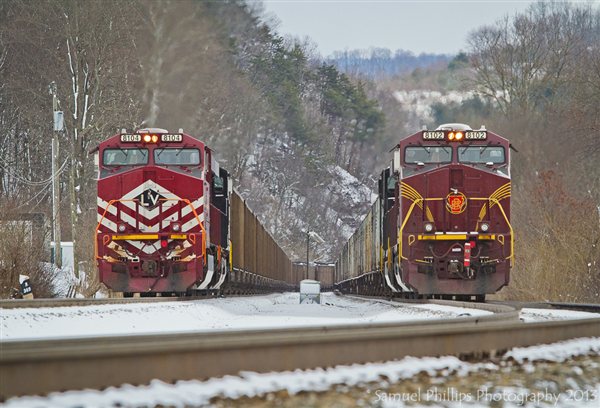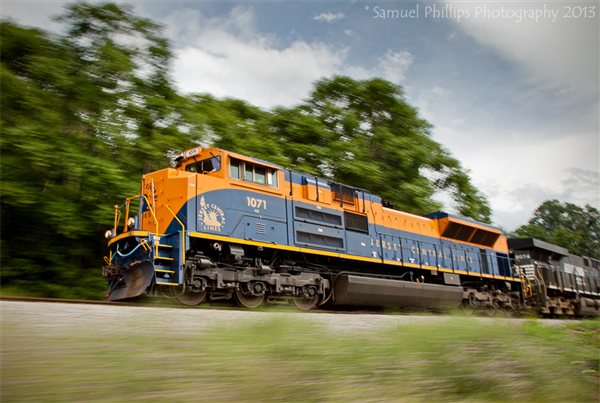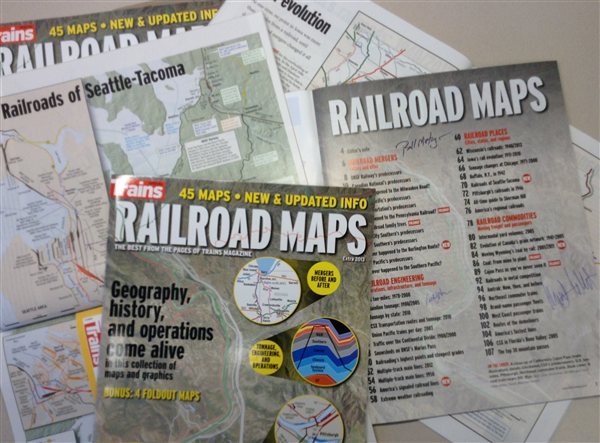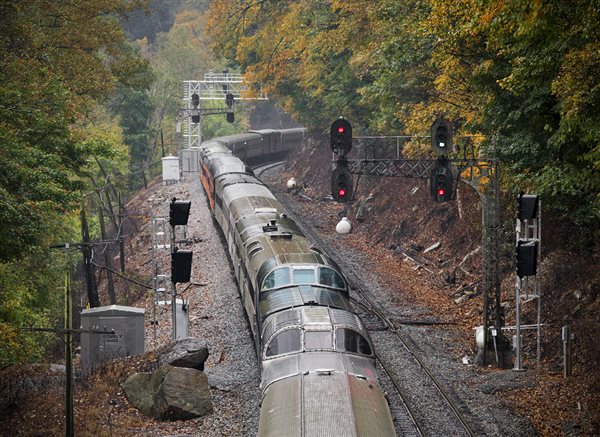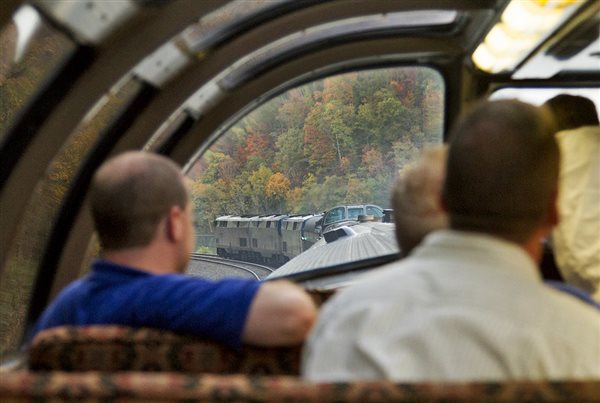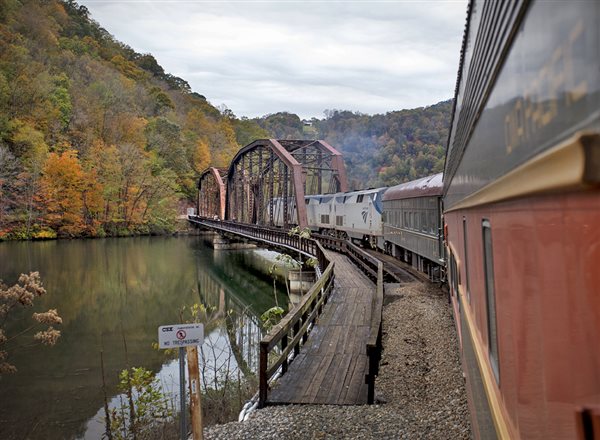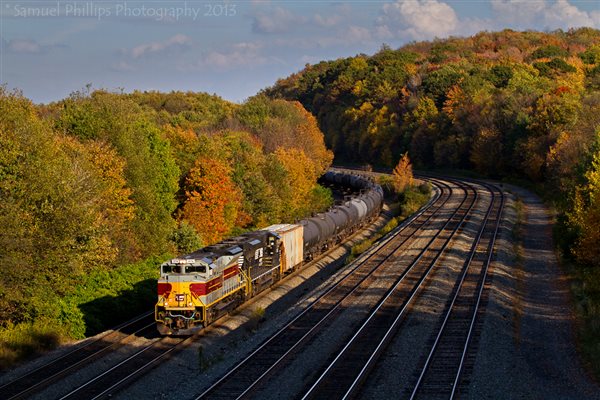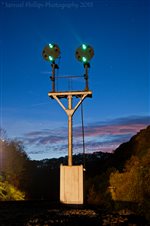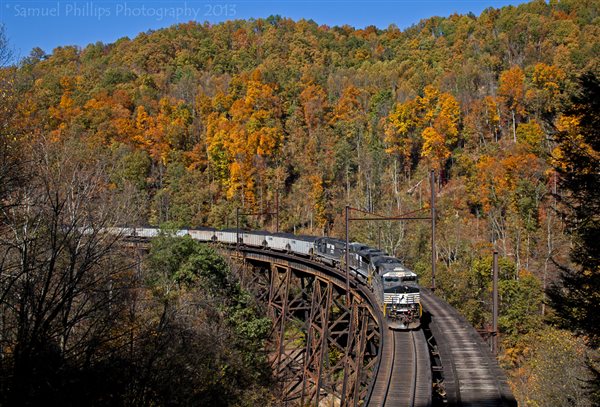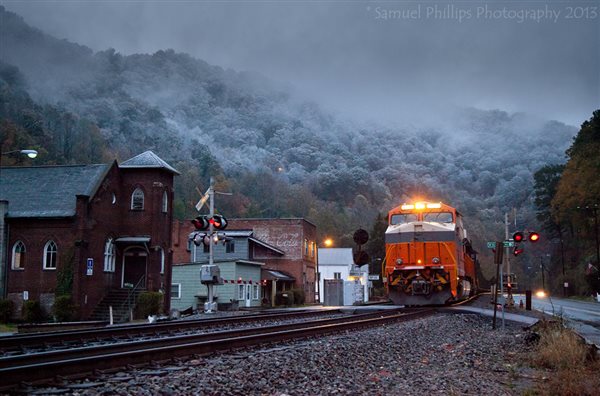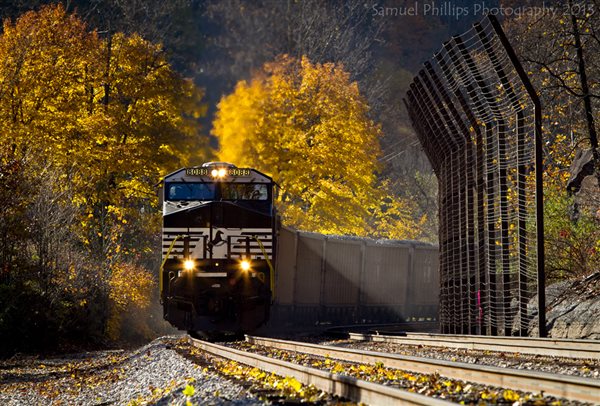After the event at Spencer, most of us Eastern rail buffs have spent immense time and money chasing the fleet, sharing one goal in mind: catching all 20 in the wild!
Residing in a part of NS's system where heritage locomotives show up frequently has enabled me to photograph the fleet in a relatively short order. However, one locomotive in particular, Central of New Jersey SD70Ace No. 1071, evaded me for nearly a year.
Then, on rainy July 7, my day came as I photographed No. 1071 leading a northbound empty hopper train to Roanoke across NS's Pumpkin Vine. Chasing the move from Henry to Roanoke, Va., I managed to photograph the train in seven different locations.
Looking back over the past year, I remember countless good times shared with friends while out chasing these locomotives. They have definitely given me extra motivation to shoot on days that I probably never would have ventured trackside.
Here’s a review of the past year, including six of my favorite shots depicting heritage units and lastly, one of the CNJ that enabled me to say, “I've photographed all 20 in the wild.”
Photography:
On an absolutely gorgeous afternoon, Nos. 8103 and 8102 parade westbound out of the famous twin-portals at Montgomery, Va., with a hopper train returning to the coalfields of West Virginia. This duo is perhaps one of my favorite pairs photographed, the colors of both units contrasted so well together.
Autumn colors are beginning to shine as No. 8105, featuring the Interstate paint scheme, leads an eastbound PGNX train up the 0.7-percent grade at Merrimac, Va., on a breathtakingly beautiful evening in Southwest Virginia. October was an excellent month for heritage sightings in this area, as several of the units were roaming the Pocahontas region.
Shoving hard on the rear of eastbound loads assaulting the 2.07-percent grade to Clark's Gap, No. 1068 in Erie paint and No. 1067 in Reading creep across the massive viaduct at Covel, W.Va., on a beautiful December afternoon. The helpers have another 5 miles of grade before they can cut off and return to Elmore Yard in Mullens. This is a perfect depiction of heritage units earning their keep on mountain railroading!
On a bitter cold winter afternoon, No. 1072 in Illinois Terminal livery rolls across the magnificent viaduct at Coopers, W.Va., leading a train of westbound empties toward Williamson, on NS's busy Pocahontas main line. A keen eye can spot the old abandoned N&W Bluestone Branch underneath the structure; the branch used to provide a connection with the Virginian at Matoaka.
After a 6-inch snowfall on the first day of spring, No. 8102 in Pennsylvania Railroad paint shoves hard on the rear of No. 83A past a waterfall at Falls Mills, Va., before stalling out just a couple miles east of town. A 10-mph slow order caused the train to not build up enough speed to make the hill into Bluefield on wet rail.
Possibly the luckiest shot I have ever taken, No. 8104 in Lehigh Valley paint and No. 8102 are side by side in Falls Mills, Va., as 8104 shoves loads toward Bluefield on main two, and 8102 backs downgrade after stalling out, to get another running start on the hill. I remember the moment well. Several of us were so ecstatic about what we just captured. A perfect example of being in the right place at the right time!
Last but not least, the heritage unit that allowed me to say: "I've shot all 20 in the wild"
Nearing the end of its run from Belews Creek, N.C., to Roanoke, No. 757 charges upgrade through Starkey, Va., with No. 1071 in Central of New Jersey livery proudly leading the way, glistening in afternoon light. A super-friendly engineer gives extra blasts of the horn, almost like he was celebrating with me.
Conclusion:
I want to give a quick shout-out to Andrew Fletcher for inspiring NS to do such a generous thing, and Norfolk Southern for making it happen and all the wonderful events and kindness they have shown us railfans. We can never say thank you enough!
Thanks for viewing and reading. Hope you enjoy the images, and to those of you who have the same goal I had, best of luck in your journey to catching all 20. Be safe and have fun!
